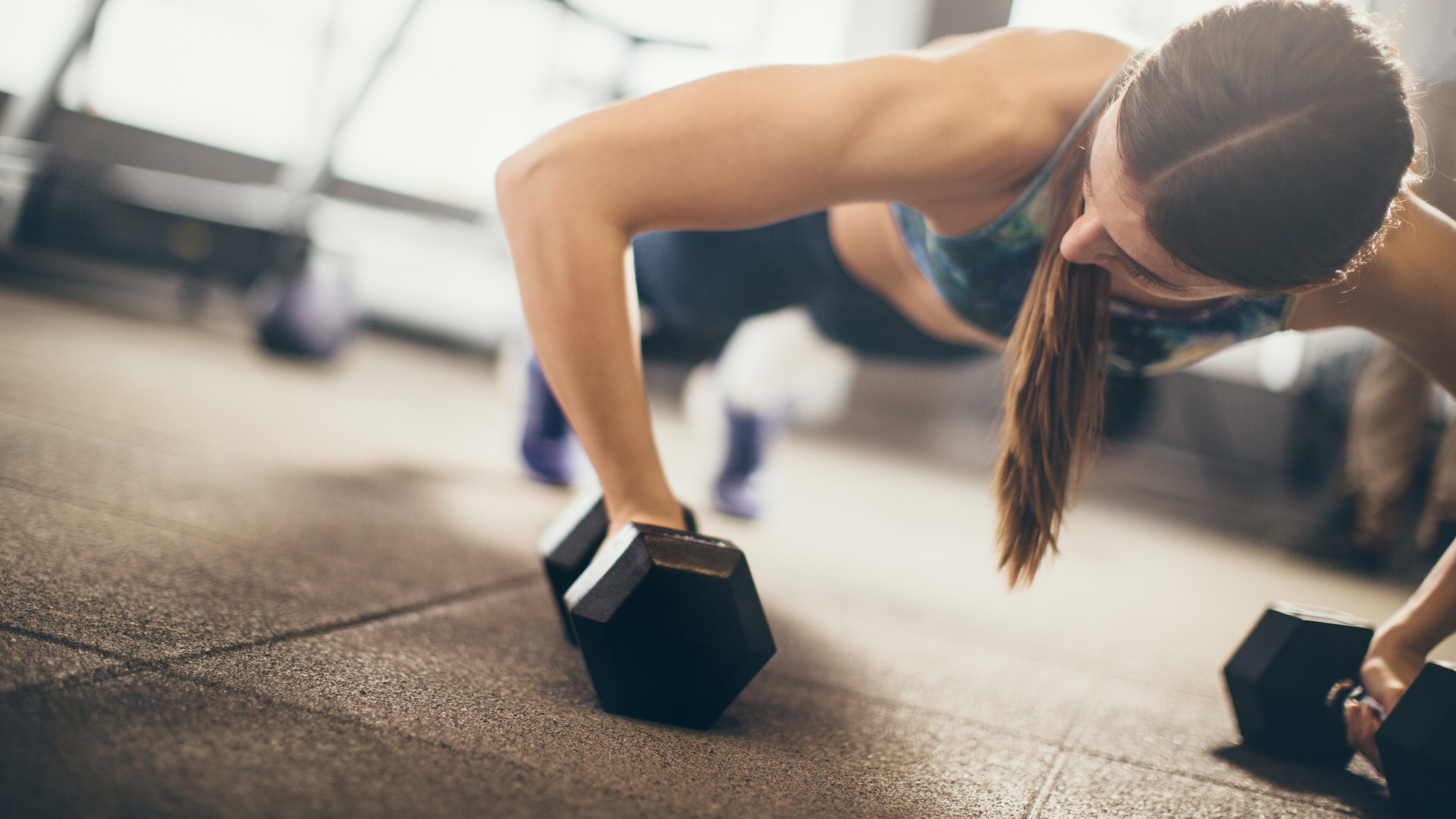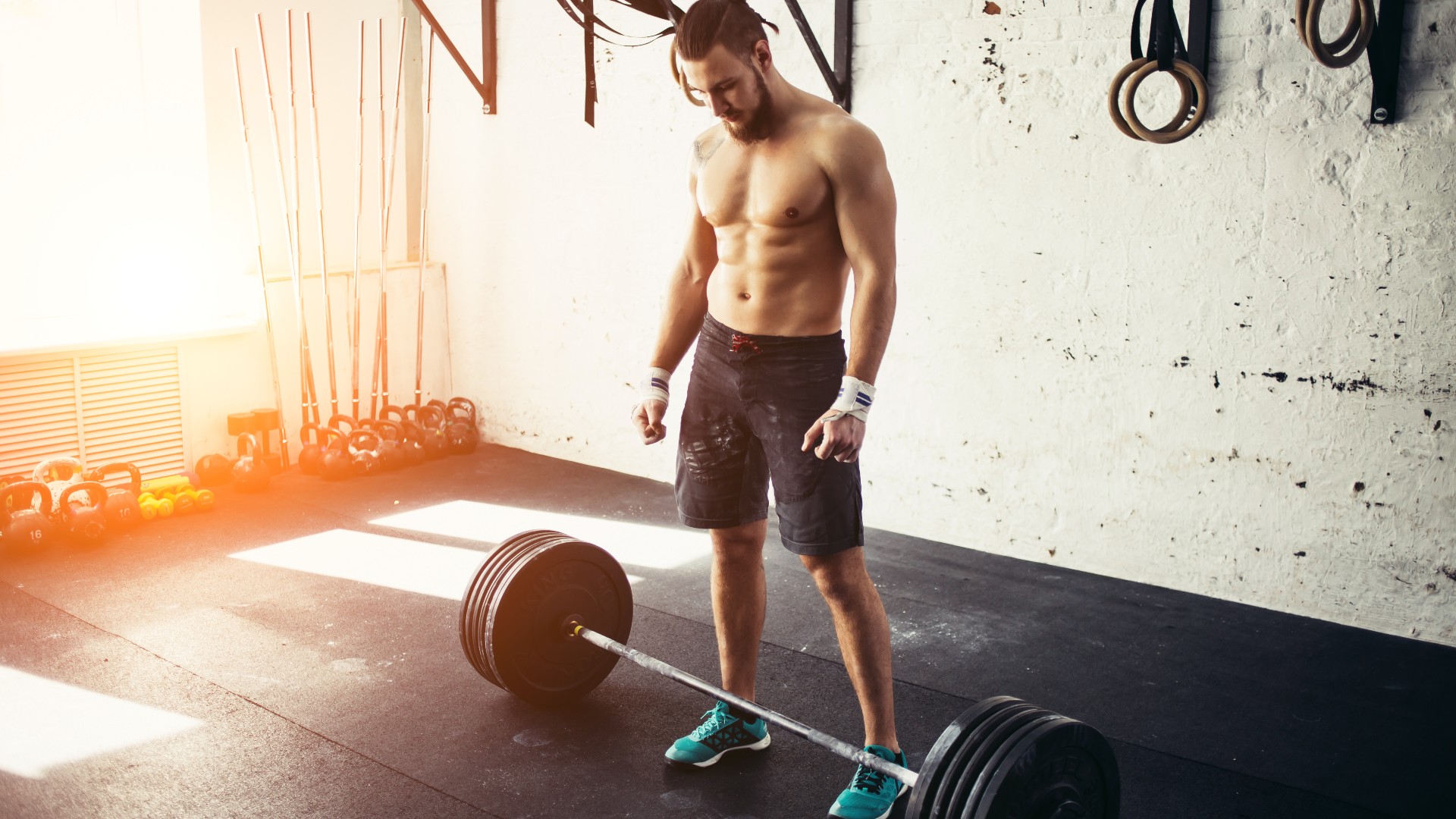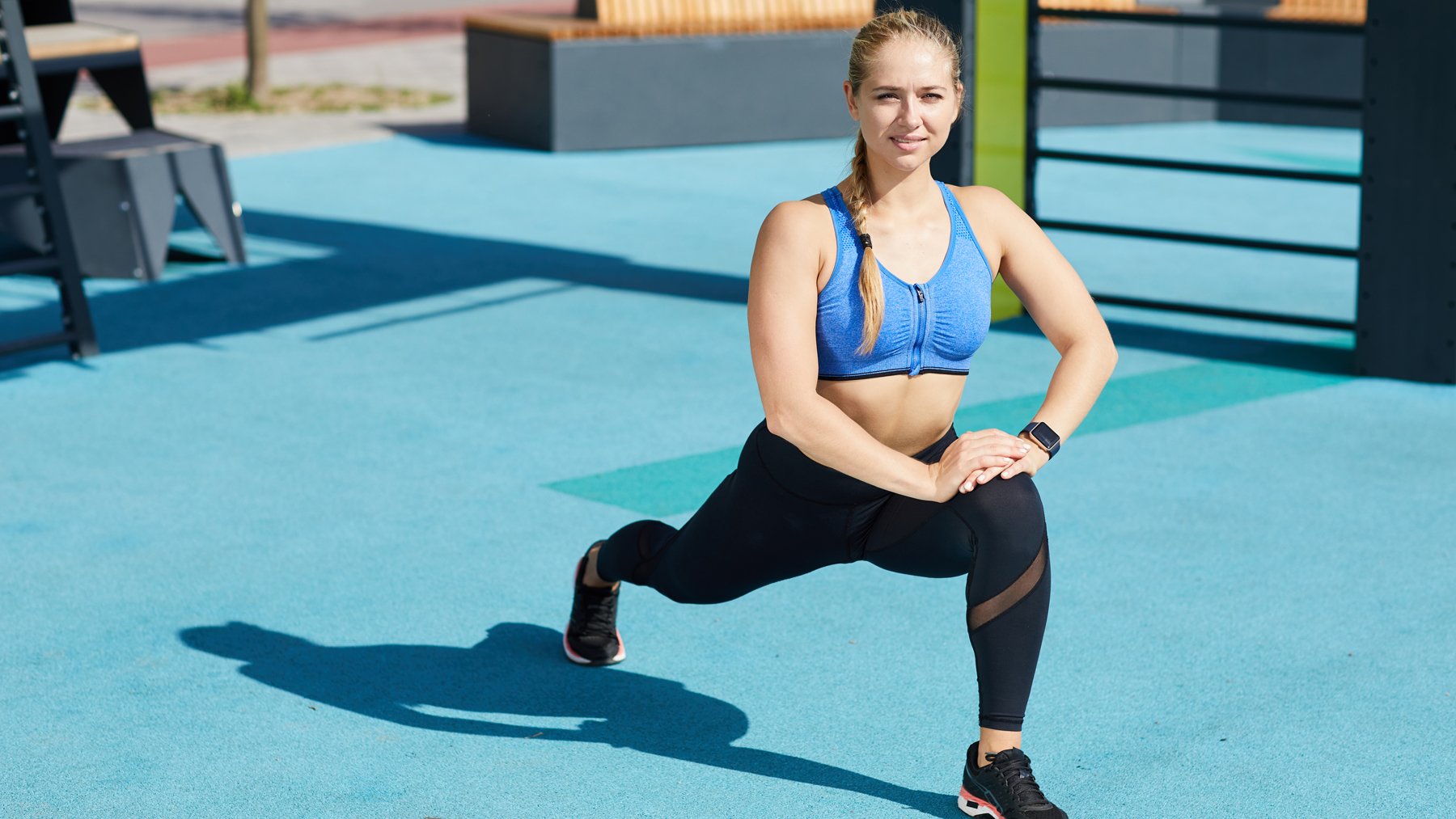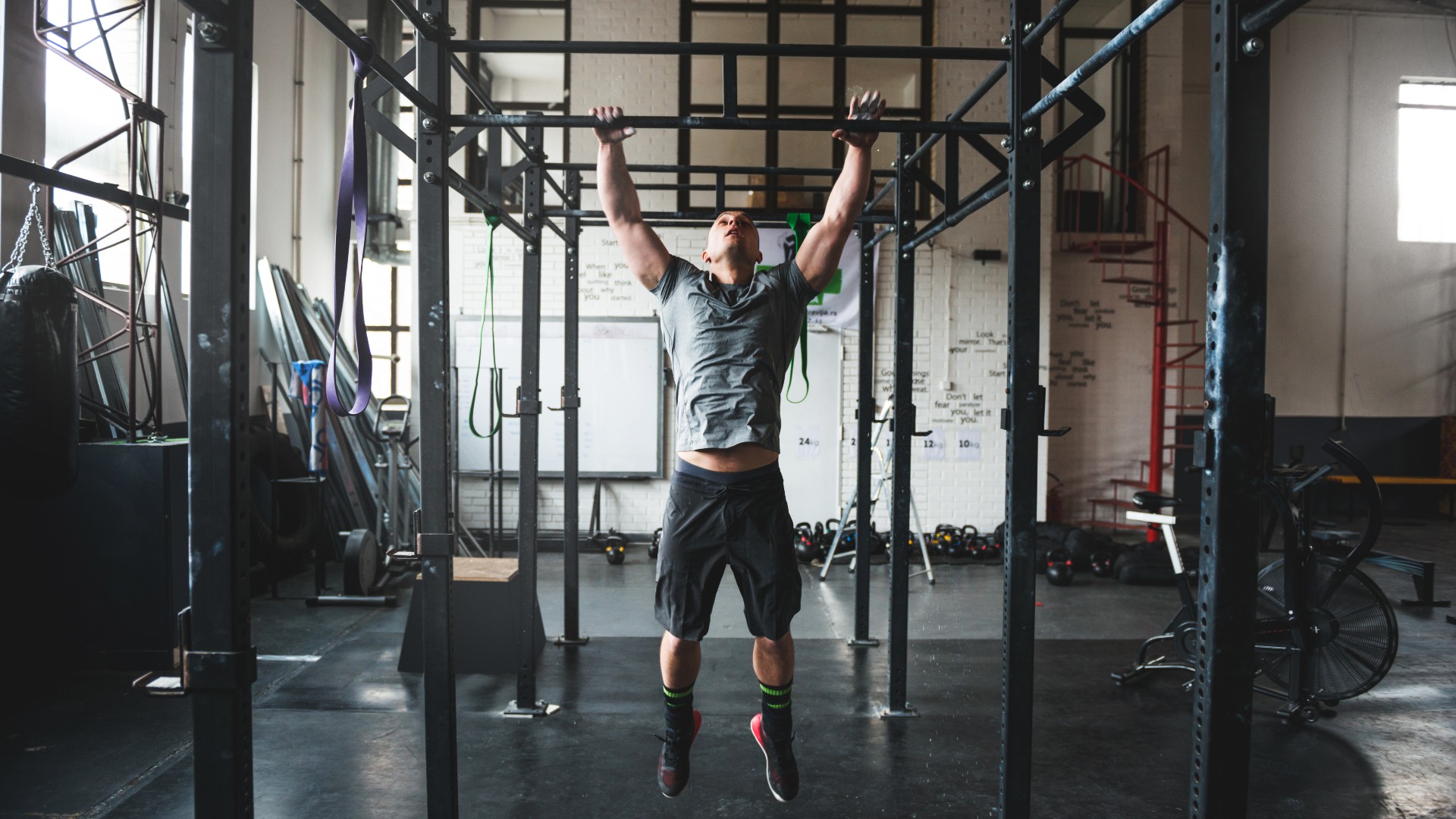
Entering a CrossFit gym for the first time can be intimidating beyond belief. There’s a heck of a lot to learn. You will get schooled whether you like it or not, and at times, it’s going to get pretty uncomfortable. But if you can accept that from the start, being a CrossFit beginner isn’t so bad.
However, there are ways to “do CrossFit right.” So here are nine tips if you’re taking on CrossFit for beginners, and they’re all things I wish I had known before heading into CrossFit workouts for the first time. Whatever your fitness goal is — you won’t regret learning these.
CrossFit has caught a bad rep over the years. Whenever I mention it, I get the same reaction from people as if I just told them I’m vegan for the seventh time or that I did yoga in Thailand (one of these is true). Sure, CrossFit is bang on trend at the moment, but there’s a reason for it. And no, not everyone who goes to CrossFit ends up in physio a month later.
That said, the sessions are hard work and require honed skill learning. So here are nine ways to prepare properly before you hit the dumbbells, kettlebells, or calorie machines.
CrossFit for beginners: 9 things I wish I had known first
1. Know your goals
CrossFit franchises do things slightly differently from box to box (gym to gym). You might find a mix of these classes at yours: Foundation, Sweat, CrossFit, gymnastics, power yoga, Build and Olympic lifting. Sweat focuses on strength and conditioning, often involving high volume and a mix of cardio and lifting designed to improve endurance. CrossFit starts with a strength or skill component and then moves into a WOD (Workout Of the Day).
Power yoga focuses on recovery, while Build follows traditional resistance training methods and Olympic lifting moves into technical lifting territory — think snatches, cleans and jerks, for example.
Whenever I mention it, I get the same reaction from people as if I just told them I’m vegan for the seventh time or that I did yoga in Thailand. Sure, CrossFit is bang on trend at the moment, but there’s a reason for it.
It’s fine to head into a session unsure of your goals, but developing a few over time can help you stay on track and improve consistency. Plus, it’ll help you determine which classes are best for you. Whether you want to build muscle and strength, develop gymnastics skills, or work on technical weightlifting, having a goal in mind helps.
Get instant access to breaking news, the hottest reviews, great deals and helpful tips.
2. Take the foundation classes
CrossFit beginners can take foundation classes, and I strongly recommend them if you don’t have prior weightlifting experience. Even if you do, the classes can offer a knowledge refresh. You’ll learn foundational exercises used in a WOD and technical lifts and get familiar with formatting. You’ll feel more confident walking into a class equipped with the basics and likely find the pace easier to keep up with.
No one enjoys heading into a fitness class on the back foot.
3. Scaling isn't failing
Scaling the workout to suit your ability shouldn’t be viewed as a failure. CrossFit workouts come with options. RX and RX+ (more on what that means below) will be written on the board, but instructors can scale on the fly if you’re struggling. For example, I know many people using a resistance band during pull-ups. Trust me, it’s not all walking handstands and advanced gymnastics, despite what social media might have you believe.
4. Learn the basic terminology
| Term | What it means |
| AMRAP | As Many Reps/ Rounds As Possible |
| EMOM | Every Minute On the Minute |
| E2MOM | Every 2 Minutes On the Minute (this number can and will change) |
| DB | Dumbbell |
| KB | Kettlebell |
| BB | Barbell |
| 1RM | One Rep Max (the maximum weight you can lift for one rep) |
| RX | The workout without scaling (adding progressions or regressions) |
| RX+ | The workout with progressions |
| Metcon | Metabolic conditioning (a type of workout) |
| CF | CrossFit |
| Kip | Using your full bodyweight momentum to achieve an exercise, like kipping pull-ups or kipping handstand push-ups |
There are also plenty of acronyms for the exercises. HSPU (Handstand Push-up) and OHP (Overhead Press) are two examples, but these are easy to pick up during class.
5. Test your 1RM
Your one-rep max (1RM) is the maximum weight you can lift for an exercise. When working on maximal strength training, you’ll be training with or toward your 1RM already, but during submaximal lifting (that applies to most of your CrossFit classes), you may be asked to work at a percentage of it. For example, a class program might say, “70% of 1RM.”
I recommend testing your 1RM across the five big lifts: the deadlift, bench press, squat, overhead press and pull-ups. Luckily, we've already put together a handy guide on how to test your one-rep max.

6. Some CrossFit workouts have names
Many CrossFit Hero workouts are named after fallen military members, like the well-known Murph. Other foundational workouts are called The Girls, consisting of a collection of WODs named after females by CrossFit founder Greg Glassman. These workouts stay the same and are easily identifiable by their name, which was the idea behind it. The naming process is said to derive from how the US Weather Service names storms. There are also a series of benchmark WODs designed to test performance.
7. Use the app
You can use apps like WodBoard to log your performances, including how many reps, sets, or rounds you achieved and which weights you used. It’s a great way to track progress and help tap into progressive overload — the process of adding volume and weight over time to build muscle and strength and improve performance.
Tracking workouts adds structure and helps avoid training plateaus. When a workout comes back round, you can clearly see what you did last time, allowing you to benchmark and build upon previous efforts. You can also add notes for next time, like, “Could have gone heavier” or “Increase pace in last round.”
8. Recovery is your friend

I clock people heading into sessions late or leaving as soon as the workout finishes. I recommend all CrossFit beginners stick around for warm-ups and cool-downs to help mobilize properly beforehand and stretch out sore muscles afterward.
CrossFit is tough on your body. CrossFit athletes are some of the most robust, mobile and fit people out there, but they also take into consideration their recovery efforts. Without recovery, your muscles can’t rest, recover and grow, and you could overtrain or get injured. Even if you’re rushing to get somewhere after class, include a quick stretching workout routine somewhere within your day or add gentle movement on either side of a session.
CrossFit warm-ups are always specific to the workout you’re about to do, so there’s no harm in getting there on time. Many CrossFit franchises also include yoga classes as part of your membership. I also don’t recommend hitting seven classes off the bat — ease in, let your body adapt and then increase frequency.
9. Invest in your kit

Grip gloves and a jump rope are two bits of kit I quickly invested in after a month of CrossFit workouts.
You’ll spend time on the bar, whether for pull-ups, TTB (Toes-To-Bar, another acronym), or deadlifts — all rough on the hands. Over time, you will build wrist and grip strength, but gloves can help with the calluses in the meantime.
Having one of the best jump ropes is like a wand to a wizard. You can choose between lengths, weighted jump ropes, handle types and more, and trust me, you’ll be thankful when others are faffing around untangling ropes from the bottom of the box of supplied ones. Don’t be surprised if you get attached to yours.
Bottom line
When discussing the 7 things I wish I had known before I started lifting heavy weights, I mention 'not looking sideways.' I can’t stress how important it is not to look at other people and try to shortcut your journey to reach their destination. Some of my biggest wins came two years after starting CrossFit, and many are still years away in the making.
Try to set short-term goals and enjoy getting fitter. Oh, and everyone crumbles to the floor afterward, so don’t be ashamed if you end up in a sweaty pile — me too.
More from Tom's Guide
- I did the 3-minute frog pose exercise every day for a week, and here's what happened
- Forget sit-ups, this 3-move standing ab workout chisels your abs and obliques
- I did a 5-minute plank every day for a week — here’s what happened to my abs

Sam Hopes is a level 3 qualified trainer, a level 2 Reiki practitioner and fitness editor at Tom's Guide. She is also currently undertaking her Yoga For Athletes training course.
Sam has written for various fitness brands and websites over the years and has experience across brands at Future, such as Live Science, Fit&Well, Coach, and T3.
Having coached at fitness studios like F45 and Virgin Active and personal trained, Sam now primarily teaches outdoor bootcamps, bodyweight, calisthenics and kettlebells.
She also coaches mobility and flexibility classes several times a week and believes that true strength comes from a holistic approach to training your body.
Sam has completed two mixed doubles Hyrox competitions in London and the Netherlands and finished her first doubles attempt in 1:11.
